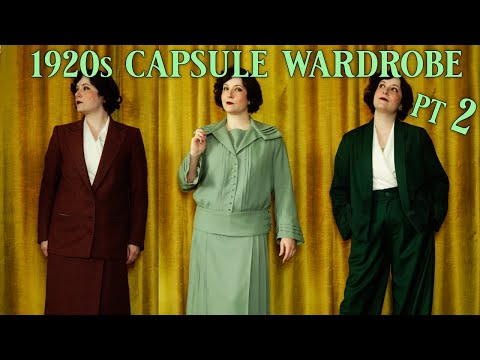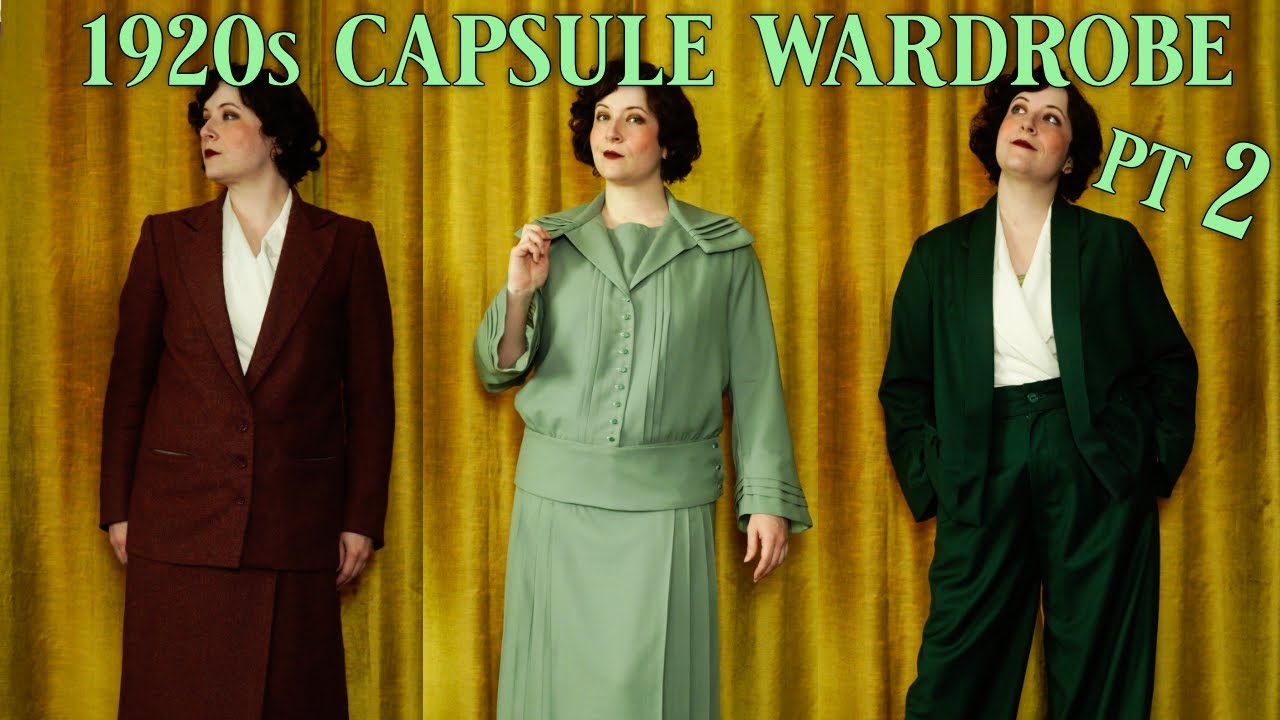Step back in time and experience the elegance and allure of 1920s fabric. Immerse yourself in a world where luxurious materials and intricate designs were the epitome of fashion. With its timeless appeal, this fabric captures the essence of the roaring twenties, transporting you to an era of glamour and sophistication. The exquisite craftsmanship and attention to detail shine through in every thread, creating a masterpiece that is truly one-of-a-kind.
Indulge in the opulence of silk, satin, and chiffon, fabrics that were adorned by flappers and socialites alike. These fabrics drape effortlessly, caressing your skin and adding a touch of sublime elegance to any outfit. The vibrant colors and bold patterns of this era’s fabric will bring a sense of joy and excitement to your wardrobe, allowing you to express your individuality with flair.
Whether you are seeking to recreate a vintage-inspired look or simply appreciate the beauty of this bygone era, 1920s fabric offers endless possibilities. From stunning dresses and elegant evening gowns to delicate accessories and home décor, this fabric will transport you to a time of unforgettable style and charm.
Embrace the allure of the 1920s and let this fabric tell your story. With its timeless appeal and exquisite craftsmanship, it is a true testament to the artistry of a bygone era. Step into the world of the 1920s and let its opulence and sublime beauty captivate your imagination.

The Roaring Twenties: A Closer Look at 1920s Fabric
The 1920s, known as the Roaring Twenties, was a decade of immense social and cultural change. This transformative era not only influenced the way people lived and interacted, but it also had a significant impact on fashion and textiles. In this article, we will delve into the world of fabric in the 1920s, exploring its characteristics, popular designs, and lasting legacy.
1. Art Deco: The Epitome of 1920s Elegance
One of the most iconic design movements of the 1920s was Art Deco, which heavily influenced fabric patterns and prints. Art Deco was characterized by its geometric shapes, bold lines, and symmetrical patterns. Fabrics featuring this style often showcased intricate designs, such as sunbursts, chevrons, and stepped motifs. The use of metallic threads and vibrant colors added an extra touch of glamour and sophistication to these fabrics, making them highly sought after during this period.
2. Flapper Fashion: Fabrics for the Modern Woman
The 1920s saw a significant shift in women’s fashion, with the rise of the flapper. Flappers were young, independent women who rebelled against traditional societal norms. They embraced a more relaxed and liberating style, which had a direct influence on the fabrics used in their clothing. Lightweight and breathable fabrics like silk, chiffon, and rayon became popular choices for flapper dresses, allowing women to move freely and comfortably.
3. Artistic Embellishments: Beading and Sequins
To add an extra touch of glamour and opulence to their outfits, women in the 1920s often adorned their garments with elaborate beading and sequins. This trend was particularly prevalent in evening wear and cocktail dresses. Dresses would be meticulously hand-embellished with intricate beadwork and sequin patterns, enhancing their visual appeal and reflecting the newfound prosperity and exuberance of the era.
4. Revolutionary Fabrics: The Rise of Synthetic Materials
The 1920s witnessed a significant breakthrough in textile manufacturing with the development of synthetic fabrics. Rayon, the first synthetic fiber, gained immense popularity during this period. It offered a cheaper alternative to silk while still providing a similar luxurious feel. Rayon was often used for stockings, lingerie, and dresses, making fashionable clothing more accessible to a wider range of people.
Another revolutionary fabric that emerged in the 1920s was acetate. This material, derived from cellulose fibers, was known for its lustrous appearance and durability. It was commonly used for linings, as well as in the creation of evening gowns and sportswear.
5. Legacy and Inspiration: 1920s Fabric in Modern Fashion
Even a century later, the influence of 1920s fabric can still be felt in modern fashion. The Art Deco aesthetic continues to inspire contemporary designers, with bold geometric prints and metallic accents making regular appearances on runways. The use of lightweight and breathable fabrics in women’s fashion can also be traced back to the flapper era, with silk and chiffon remaining popular choices for evening wear.
Additionally, the introduction of synthetic fabrics in the 1920s paved the way for the development of modern textiles. Today, we have a wide range of synthetic materials that offer versatility, durability, and affordability, all thanks to the innovative spirit of fabric manufacturers during this transformative decade.
In conclusion, the fabric of the 1920s reflected the dynamic and progressive nature of the Roaring Twenties. From the elegance of Art Deco patterns to the liberation of lightweight fabrics and the introduction of synthetic materials, this era brought forth a revolution in fashion textiles. The legacy of 1920s fabric continues to inspire and influence modern fashion, reminding us of the enduring impact of this iconic decade.
“Vintage Wanderlust: Crafting a 1920s Travel Capsule Wardrobe”
1920s Fabric
1920s Fabric
| Fabric Type | Characteristics | Popular Uses |
|---|---|---|
| Silk | Known for its luxurious feel, silk fabric was incredibly popular in the 1920s. It drapes beautifully, has a natural sheen, and is lightweight. | Widely used for evening gowns, cocktail dresses, and lingerie, silk added an elegant touch to women’s fashion during this era. |
| Chiffon | Chiffon, a delicate and sheer fabric, was a staple of 1920s fashion. It is lightweight, airy, and often adorned with intricate beading or embroidery. | Chiffon was commonly used for flapper-style dresses, dance garments, and ethereal eveningwear, creating a sense of movement and grace. |
| Velvet | A symbol of opulence and luxury, velvet fabric gained popularity during the 1920s. It has a soft pile, lending a rich texture to garments. | Velvet was often used for evening coats, cloche hats, and accessories such as gloves and purses, adding a touch of sophistication to any outfit. |
| Rayon | As a newly developed synthetic fabric, rayon was widely embraced during the 1920s. It has a smooth, lustrous finish and drapes well. | Rayon was a popular choice for day dresses, blouses, and skirts due to its affordability, versatility, and ability to mimic more expensive fabrics. |
| Cotton | Although less extravagant than silk or velvet, cotton fabric remained a staple during the 1920s. It is breathable, durable, and easy to care for. | Cotton was used for daywear, such as tailored suits, shirtwaist dresses, and sportswear, reflecting the shift towards more relaxed and practical styles. |
During the 1920s, fabric choices played a significant role in defining the fashion of the era. Luxurious materials like silk and velvet added an air of refinement, while chiffon and rayon brought a sense of modernity and innovation to women’s clothing. Cotton, on the other hand, catered to the growing demand for comfort and practicality in everyday wear.
By understanding the characteristics and popularity of various fabrics during the Roaring Twenties, we gain insight into the sartorial choices that shaped this iconic era of fashion.

